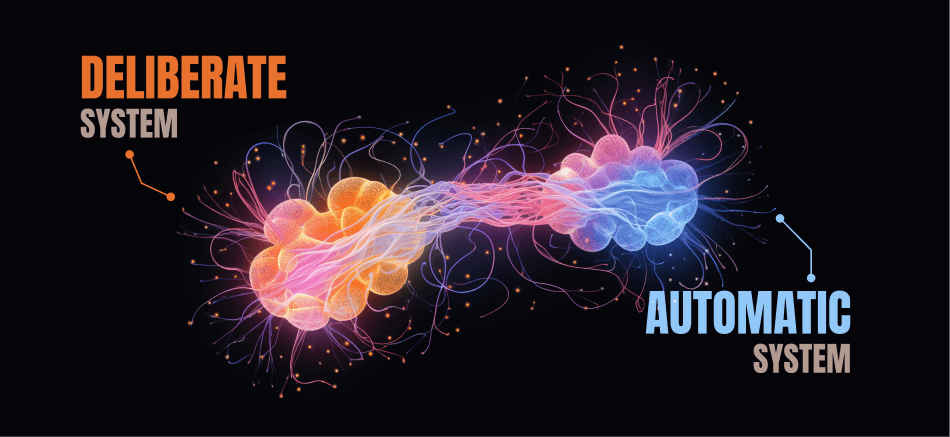Chapter 2: Attention and Effort
In this chapter, Kahneman introduces the two systems in more detail. He describes System 1 as "the fast, intuitive, and effortless system" and System 2 as "the slow, deliberate, and effortful system." He also discusses the different ways that the two systems interact.
10
30 reads
CURATED FROM
IDEAS CURATED BY
Similar ideas to Chapter 2: Attention and Effort
The two-system theory
There are two thinking systems, each with distinct characteristics.
- System 1, or intuition. We think in this way most of the time. We respond to the world in ways that we're not conscious of and don't control. System 1 operations are fast, effortless...
The Two-System Brain
Daniel Kahneman, Nobel prize winner, explains how our mind has 2 modes:
- Your deliberate system is responsible for sophisticated functions such as reasoning, self-control, and forward-thinking. It excels in handling anything unfamiliar, complex, or abstract. But it has ...
Attention and Effort
- Our brain have a very limited attenion buffer. Our System Two can't give more than he has. We need to prioritize it's tasks to make it work efficiently.
- We will use the minimal effort law, thinking as little as possible, unless we act on it ...
Read & Learn
20x Faster
without
deepstash
with
deepstash
with
deepstash
Personalized microlearning
—
100+ Learning Journeys
—
Access to 200,000+ ideas
—
Access to the mobile app
—
Unlimited idea saving
—
—
Unlimited history
—
—
Unlimited listening to ideas
—
—
Downloading & offline access
—
—
Supercharge your mind with one idea per day
Enter your email and spend 1 minute every day to learn something new.
I agree to receive email updates
